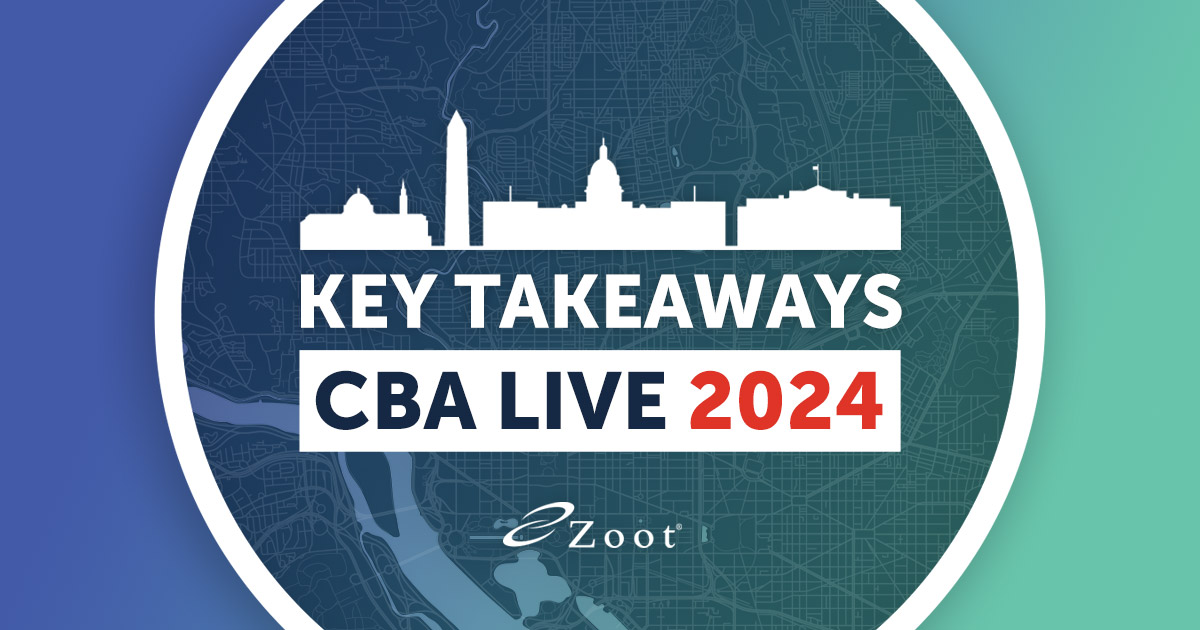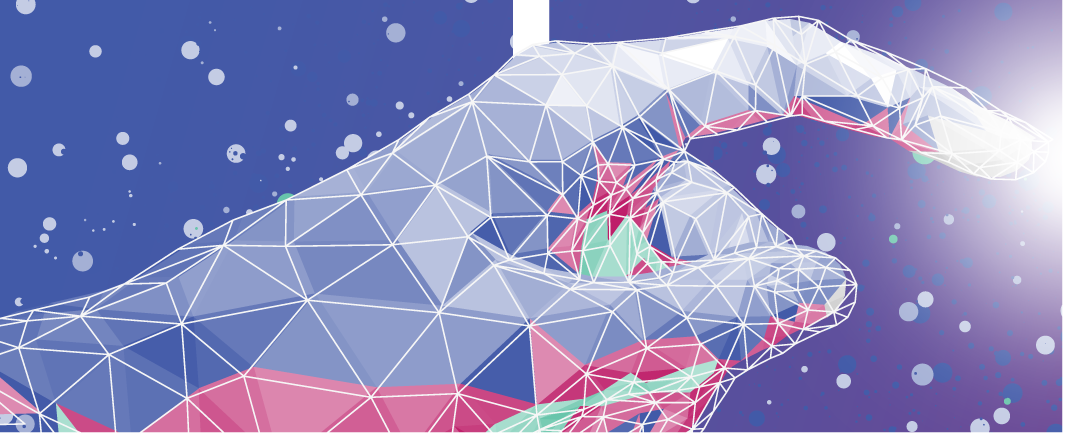As 2019 draws to a close and Christmas bells are ringing throughout the country, it’s an interesting time to examine the evolving consumer payments landscape. The latest reports from retailers show strong consumer spending – $68.9 billion from Thanksgiving through Sunday, Dec 1[1], and an additional $9.4 billion on Cyber Monday. [2]
That is an enormous pile of presents! But changes are happening in how consumers choose to pay for all those gifts, and financial institutions are taking note. Banks and other companies are seeing clear indicators that the future of consumer purchasing is going to be different.
While consumers continue to use credit cards, increasing numbers are turning to other instant financing options like point of sale/point of purchase/buy now pay later. We examined this idea in an earlier post, but what are some of the current drivers of this shift in behavior?
Credit Cards
Credit card use is still prevalent among the buying public. Credit card issuance has steadily increased, from 171 million consumers with cards in 2017 to 179 million in 2019.[3] Total spending is on the rise as well, with outstanding debt of $1.08 trillion by mid-2019.[4] And with generous rewards programs, strong incentive offers and cash back deals, card issuers are working hard to bring new accounts on board and keep existing customers spending.
All that spending on cards can create some real financial headaches for consumers. A recent PYMNTS.com article notes that “[f]orty-eight million Americans are still paying off debts from the 2018 holiday season”. For a consumer carrying debt from 12 months ago, the idea of piling on more charges – subject to interest rates that average 17.4%[5] –is likely not appealing.
Fortunately for those individuals, there are options.
From Layaway to Take it Away
Remember the old-fashioned layaway? At its simplest, layaway is the process of making installment payments for retail items while the retailer holds that item for a shopper. Once the value of the item(s) are paid in full, the consumer gets to take whatever they were paying for home and enjoy it.
The term may have fallen out of vogue with retailers, but the idea is still very much alive. Consumers are still using financing vehicles to purchase items that they may not be able to buy outright, but there are new digital capabilities that are helping the layaway evolve.
The structure of paying for something over time is changing as well. No longer do individuals have to leave the items they want at the store while they make payments. They can make an initial payment, take the item with them, and pay it off over time – all while enjoying the immediate gratification having the new item in hand.
Increasing access to data, through immediate and secure API connections, is contributing to this burgeoning class of retail lending. The nouveau layaway is known by several names: point of sale (POS) financing, point of purchase (POP) lending, and buy now/pay later (BNPL). No matter what you call it, the model is big business, and poised to continue growing.
Growth Factors for Financing
As an article in the Washington Post notes, “[p]ersonal loans are up more than 10 percent from a year ago” and have an average balance of more than $16,000. So what is so appealing about POP/POS/BNPL models to fund purchases? What’s driving the growth?
In many cases, the appeal may be transparent payment terms for big ticket items. An individual might not balk at charging $200 on a high-interest credit card. But when it comes to paying for a $1200 television, they may be more inclined to use a financing vehicle that has set terms and a known payoff timeline. They may also be attracted to the idea of shelling out a smaller amount of cash initially and making smaller payments over time, rather than lump sum charges on a card.
Another contributing factor may be the growth and increasing access to fintech finance offerings. Balances held by fintech companies account for almost 40% of the total personal loan market, significantly increasing from 2013 when they only accounted for 5% of the total.[6] Ease of use, integration into the purchase/checkout channel and slick user experiences are some of the key reasons consumers turn to fintechs. It’s also worth noting that traditional banks simply do not have the same strong presence in retail personal loans; just 3% of banks and 12% of credit unions indicated a focus on POS lending for 2019.[7]
Generational differences also appear to be driving the surge in POP/POS/BNPL . More than half (56%) of millennials indicated that “whether or not a retailer has financing available to them affects their purchasing decision”[8]. Baby boomers and Gen Xers are much less likely to be influenced by financing options, at 23% and 40% respectively.[9]
Regardless of who uses POP/POS/BNPL financing, there is no argument that it is a growing market for financial institutions. In our next post, we’ll examine estimates for market size, impacts of POP/POS/BNPL systems for retailers and banks, and the macroeconomic implications of the personal lending ecosystem.
[1] https://fortune.com/2019/12/02/black-friday-shopping-cyber-monday-record-spending/
[2] https://www.cnbc.com/2019/12/03/cyber-monday-online-sales-hit-record-9point4-billion-adobe-says.html
[3] https://www.transunion.com/blog/iir-consumer-credit-origination-q4-2018
[4] https://www.creditcards.com/credit-card-news/market-share-statistics.php
[5] https://www.nerdwallet.com/blog/credit-cards/what-is-a-good-apr-for-a-credit-card/
[6] https://www.washingtonpost.com/business/2019/11/21/personal-loans-are-growing-like-weed-potential-warning-sign-us-economy/
[7] https://www.forbes.com/sites/ronshevlin/2019/03/04/jpmorgan-chase-enters-a-hot-fintech-space-point-of-sale-pos-financing/#782c53d3f158
[8] https://vyze.com/financing-by-generation
[9] https://vyze.com/financing-by-generation





